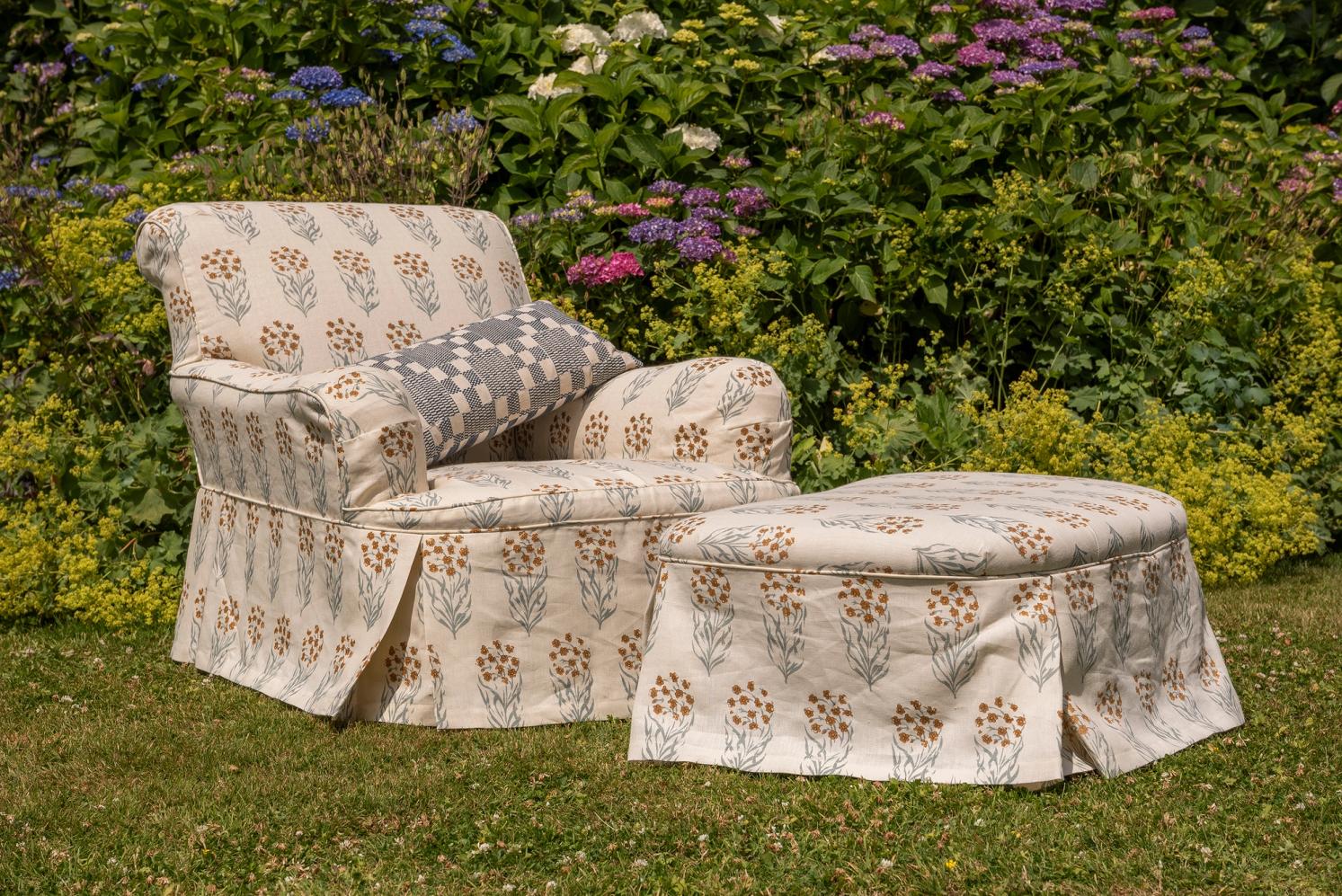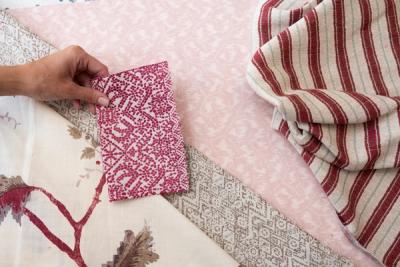Decoration
Why Linen is a Key Sustainable Material
Linen offers so many benefits, particularly when it comes to establishing a more sustainable, mindful future.

Why Linen is a Key Sustainable Material
Linen is an ancient and beautiful fabric, but it is also widely regarded as one of the key building blocks for a safer and more sustainable future. Unlike so many synthetic fabrics, natural textiles like linen and cotton often have much smaller carbon footprints; they can be produced in a way that does not compete with the natural balance, and ensure longevity and, eventually, when the time comes, biodegradability, too.
There has been a lot of talk over the past few years on what materials we can afford to bring with us into the future if we want to prioritise sustainability and, as much as possible, environmental neutrality. The obvious offenders, like plastic, are the first to face the chopping block in many circles, but it is growing increasingly obvious that our dependence on synthetic alternatives is doing far more harm than good.
For that reason, textiles like linen are being pushed forward as the best fabrics for the future. Despite thousands of years’ worth of history, this simple weave from the flax plant may well prove pivotal to humanity, just as it always has done.
For more on using this fabric around the home, click here.

1. The flax plant is easy and fast to grow, and almost all of the plant can be utilised
Flax, or linseed, is a humble-looking plant familiar to cultures around the world. While readily associated with the Ancient Egyptians, who wove flax grown along the edges of the River Nile, the plant was – and remains – familiar to groups across Asia, the Mediterranean, and the Americas. It can adapt to various climates, although it thrives in cooler environments, and, when grown in a desirable location, doesn’t require complex irrigation or polluting pesticides.
On average, it takes just over three months – or 100 days – for flax to grow to maturity. In the right region, this can take place without the use of fertilisers, making it a very healthy crop to grow in abundance.
The plant is tough and fibrous, and these fibres are ‘combed’ together to create the fibres which will then be woven into sheets of linen. The seeds are incredibly nutritious, and can be crushed to extract flax seed oil – or raw linseed oil – which is, as it happens, also incredibly beneficial for wood floorboards and furniture.
2. Flax is natural and safe
Synthetic fabric production is typically water- and energy-intensive, but these textiles have also been linked to a long list of potential health risks not just for the people wearing them, but for the environment, too.
The risk of synthetic fabrics shedding microplastics into the world’s clean water supplies is significant – and, with the way water travels across the planet, there are plenty of ‘worst case scenarios’ in store if our dependence on synthetic fabrics continues.
3. Linen must be produced mindfully
Weaving linen is not a process that can be completed quickly, with machines that churn out hundreds of yards of the stuff per hour. The fibres are tough, and using them to create that distinctively neat, orderly weave pattern requires skill, time, and attention to detail.
This is something we love about linen – that sense of organicity that separates it from mass-produced textiles. Its natural drape – sometimes unfairly described as a ‘creased’ look in lighter weight linens – represents its uniqueness, and the very human story behind its creation.
4. It’s incredibly long-lasting
Those strong fibres continue to do their job for many, many years after they have been woven into linen. The best made linens can easily become family heirlooms, provided they are washed on gentle cycles and kept away from the tumble dryer – as well as the iron. In fact, we typically recommend dry clean only for linen fabrics – an effort well worth the reward, given the fabric’s potential longevity.
You can click here to read more about caring for fabrics in the home.
5. But, when the time comes, it will decompose
As a natural fibre, linen can decompose – although how quickly this process takes place will depend on the nature of the dyes used in it. Undyed linen can decompose in a matter of weeks, and linens dyed with natural pigments will also decompose faster than linens dyed with more complex alternatives.
Very few things last forever, but linen is generally chosen for its ability to withstand the test of time far longer than the alternatives – and stay looking beautiful throughout those years and decades. Eventually, though, pure linen can even be placed in the compost and returned to the earth, completing a cycle that has been ongoing for thousands of years.

More from Decoration
















